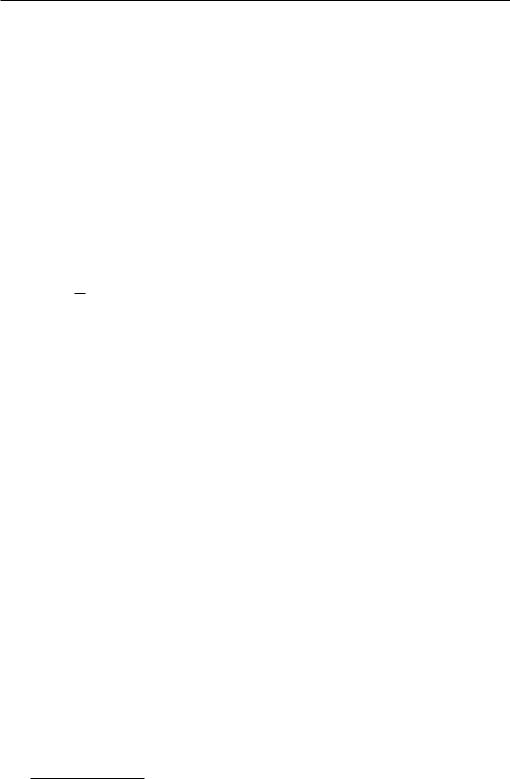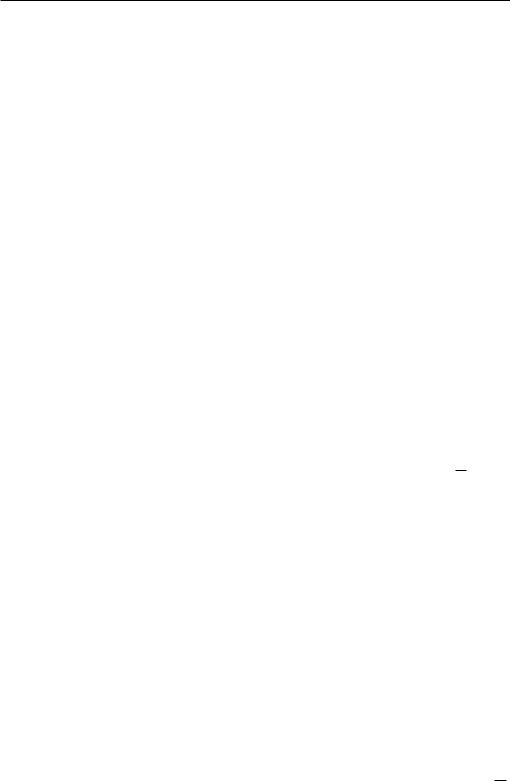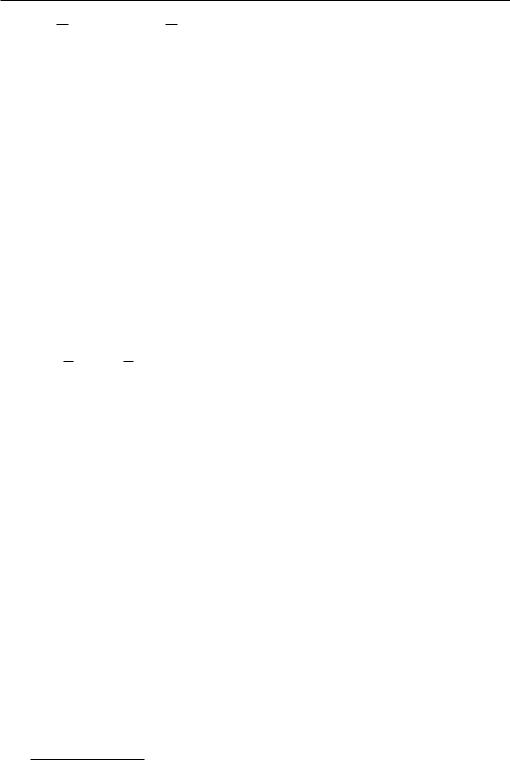
Չոլաքեան Յ., Պատմական Անտիոքի եւ շրջակայից բնիկ հայերն
.pdf
: ,181: :
7.- . ,: : , - :
8.- / . : -: « » ({ } ), « » ( ): -« » (
): . ( . ,
), ( . -),« » ( ), « » ( ), « » ( ):
.« , » ( , -), « , » ( , ):
, ,- :
, « » ( ), « » ( -
) :« » ( ):
.. « , » ( -
, ):
. -« » ( -
), , « » ( ):
181 , , . , 524:
130

7.
« , » (
` ):
, ,:
. -. , , , ,.
, ,,,:
,:
9.- ( / ) ., : ,,, , :, : -: :. « » ( ), « » ( , ) :
, , ,: « . »:. -:
10.- . , - . ,, , -- : ,, , : , , :. -: , , «
131

» ( )182 -
: , , : .
—, — :
—- ,- :
—, , — , — ,:
—, —: ,
—, — , — :
` , ,, :, :
11.- /., « , - »: - , , , -: , , , -, -: « »:
« » ( -
) ,. « , - , : ,»183: -
, / :
12.- . , -, --
182, , . , 434– 439:
183, . ., 24
132

7.
( «
»): , ::-« » ,, ,: , ,,:
, -: -: ,, , ,, , -: ,, : , , - , ,:
133

7.
THE EVIL AND EVIL SPIRITS IN THE SUPERSTITIOUS
LEGENDS OF THE ARMENIANS OF KESSAB
This article is dedicated to how the Armenians of Kessab imagined the evil, what beliefs they had about evil, and how they fought against it or against the evil spirits or a series of imaginary creatures mentioned in superstitious legends and conversations within the Armenians of Kessab. Some of them are well known everywhere, like Ish vud (elswhere Shououd), satanak (the plural of satan), jin (demon), dev (devil), though they have their own functional attributes in Kessab.
In the beliefs of the Armenians of Kessab we meet other spirits:
Belder Ajuz. In Arabic it means “The Cold for Old People”. This is the spirit that collects the old men and women in February and the first four days of March.
Hubbabat, Sharatet and Makri witch. All three are femalefaced witches. Hubba bat is a woman with long shoes, with many children, who were eaten by mosquitoes. She has hunged breasts. There is a dance song which is composed of a repetition of the word Hubbabat. It was performed when the bride was lowered from the horse and the groom was brought through the door of the house when the motherinlaw met the bride.
Sharatet is imagined as a spirit living in women. For women who gossip, slander, and curse, they say “The Sharatet is living in her”. Sharatet seduces the girls and young women. It has no external appearance.
Makri Baroov or Makri Witch, has a female face. It is found in the paths of dense forests. She is a model for women who steal the children by cheating. It is said that Makri has the ability to change her external appearance from an old woman to a young girl.
Ajtahak (plural of Ajtaha). They are found only in fairy tales. They are generally four or five people, they live in remote and deaf caves. They are not seen in the society during the day, they approach the settlements at night to steal this or that. They do not have a shirt, their chest and shoulder hair look like thorns. They are huge wres tlers. They are just imagined that way.
Ghouzoulghourt/Houzoulghourt. The word is derived from Turkish. The Arme nians use it as a blame: “Shall Ghouzoulghourt enter in you”. Ghouzoulghourt stops urination, and causes a painful death. It comes out with magic medicine. It is imagined as an evil spirit.
Arvand. a dragon, cannot be described as evil spirit, but he will cause fear and punish the treasurers.
These spirits are specified with negative functions, though some of them such as devils, demons (jins), satanak and ajtahak can be helpful to people, make friends from them or obey their wills and even be deceived by them.
134
8.
- . , ) , ). ) :(, , , - ) -
,(, , , ) -
: ,, :
-:
.-
. ,` , , , , , , , , -, , - : .:: . « »:
.
1.- « » -
135

1879-: *** : .« » (. , 1886) :
« ». « , ,, : - , : : -- , , , - , : - ,
, , :- . , , -, , , »184:
« », , , -, ,: ,, :
2.- -. ( ) -, : . « ( ), ( ), ,
, . 1200 , , , : ., , , ,»185:( ) ( ) . « -
,, , »186:( ) , «6000
184***, « », , . , 1879, , 174
185( ) , « », , 2523, 12 1880
136

8.
... . ,»: , -, :
3.- . ( ), « (= ) -
», , . , 7 1899, 28, 443: . 24: ., «- »187:
4.- ., « – -« » », , . , 12 1900,46, 731: 4 .
, , , :
5.- .8 ,( «
», , 1906, 1203), , « – », , , 1 1907, 27. « » « »:
--, , , :
.-
20- , -, --: 1911- « ( -)»188 , , -
, ,
187. , ( ), . -
, , 1995, 12
188. , ( ), -
- , 1911
137

: :
. -,« », , , ,: : , -., ,( ) :
. « », « - », « », - : 1929- , : -: « -» « »« » , «-» -: -, , 1949-, -, , , -. :
-: , , -, -, : (
, « », « »). «
138

8.
` 189 « » »190:
- -: -, -: « » 191 -
--: (, > )
, :
: |
|
. « » |
(, 1953 ) - |
, --- . , , , : - ,
192: « »
, , : -193:
,, « » , -: , , ,194:
, -,
189. :
190. , , , 1979, 576
191, 1952, 8
192. , , , 1953, 430– 442
193, 443– 457
194418 – 423:
139
